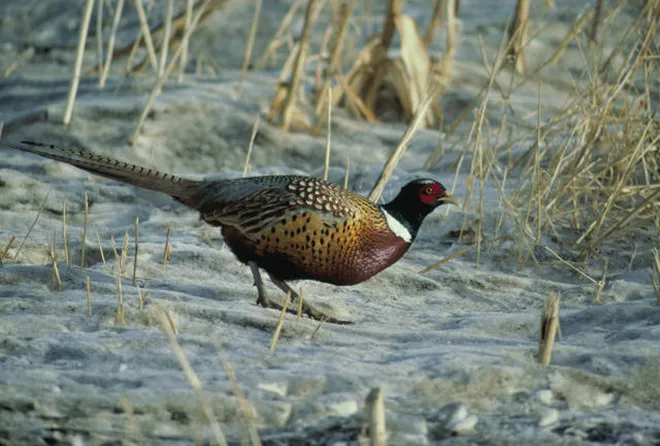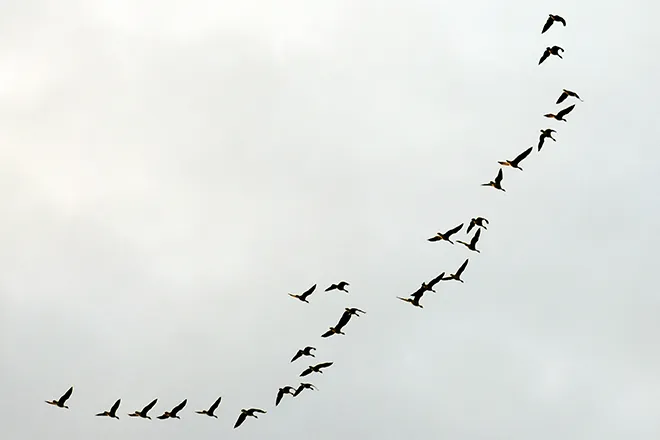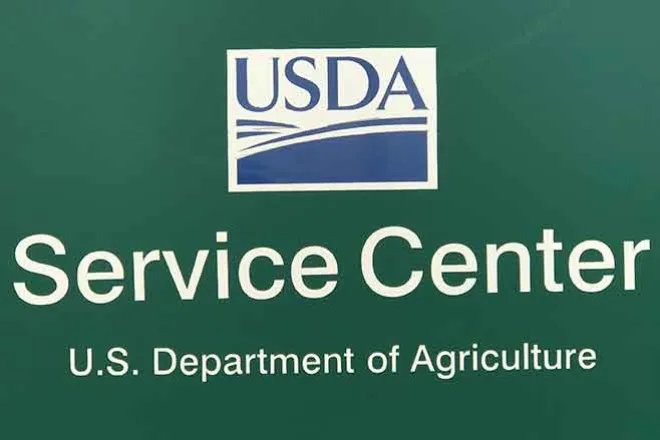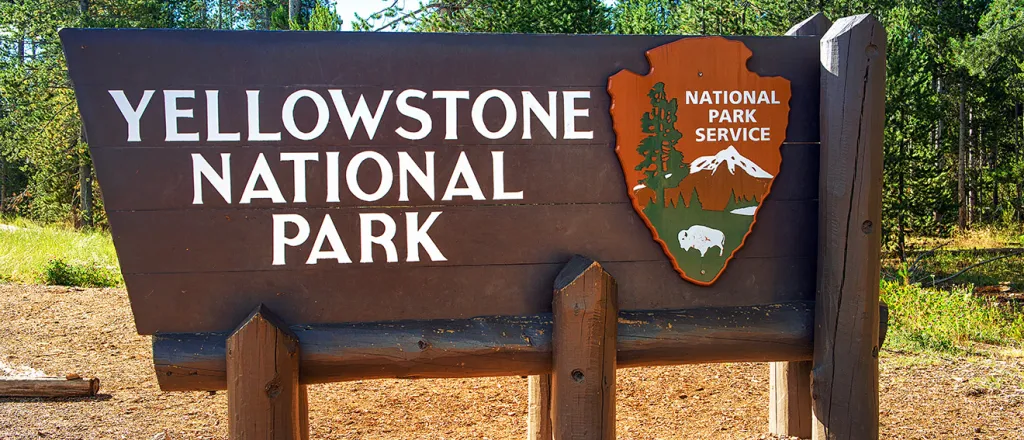
New BLM rule could help protect America's national parks
Click play to listen to this article.
(Colorado News Connection) As critics work to roll back new Bureau of Land Management rules, public lands advocates are defending the agency's move to put conservation uses on equal footing with extraction and development.
Matthew Kirby, senior director of energy and landscape conservation for the National Parks Conservation Association, said the new rules can be used to benefit national parks, for example, by reducing pollution from oil and gas drilling on the 3.3 million acres of BLM-managed mineral rights in eastern Colorado.
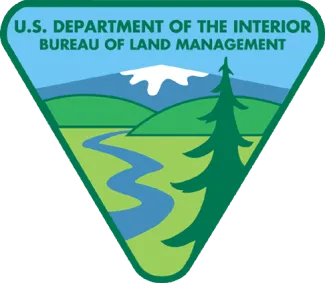
"Thousands of feet higher than where the actual drilling is happening, you can go up to Rocky Mountain National Park," Kirby recounted. "You can't even see on some days, (in part) because of pollution that is coming from drilling activities."
The rules also identify conservation tools to restore degraded lands owned by all Americans, and to keep natural landscapes intact. Industry groups have called the rules a land grab. Senator John Hoeven, R-N.D., and Senator John Barrasso, R-Wyo., have promised to repeal the rules finalized in April, claiming they block access to public lands and subvert the multiple-use requirement under the Federal Land Policy Management Act.
Ninety percent of lands managed by the BLM remain open for oil and gas development. There are more than 31,000 orphaned wells within 30 miles of national parks and the new rules update bonding requirements to prevent more abandoned sites. Kirby noted until now, corporations have run the show.
"Industry was allowed to lock up land for less than the price of a cup of coffee," Kirby asserted. "They could speculate, they could develop, all at the expense of the taxpayer and the public that was no longer actually able to recreate on that land. But thanks to this new rule, we're really on a path to fix that broken system."
The new rule also gives the BLM tools to steer any future oil and gas development away from national parks. More than 80 national park units sit adjacent to public lands managed by the BLM and Kirby argued any development affects parks, connected waterways and wildlife migration corridors.
"Wildlife migrate across borders, water moves across national park borders, air flows in and out," Kirby stressed. "What happens outside of national parks really is critical to national park resources."





